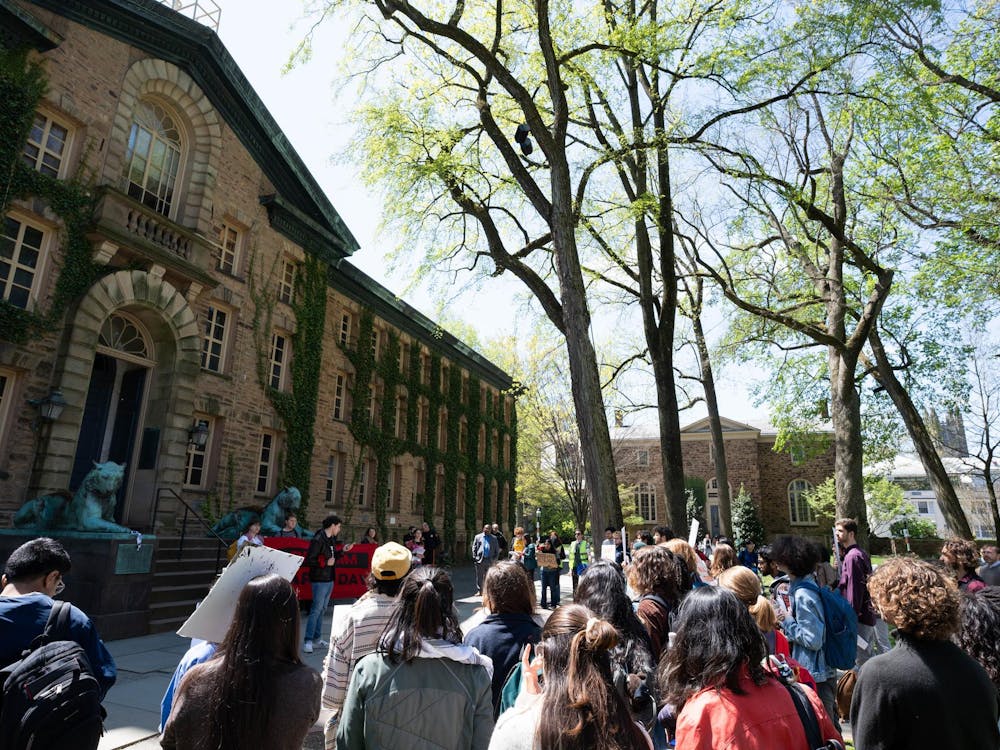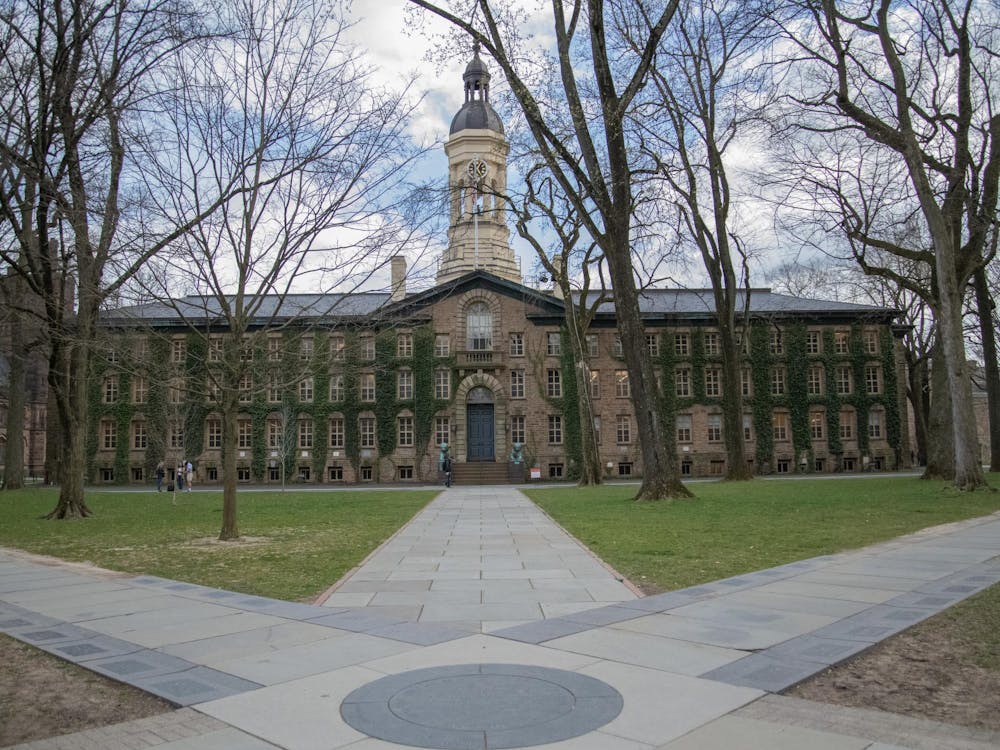I’m juggling, as we all are, the many different decisions one makes at the beginning of the school year. For those of us who are seniors, it feels even bigger: what to do with our last precious semesters here. The process is complex to say the least. However, the University makes it even harder with mandatory distribution requirements.
As a liberal arts institution, Princeton prides itself on its interdisciplinary atmosphere where students can challenge their perceptions, go outside their academic comfort zone and form new ideas. The distribution requirements hinder the academic curiosity that the University seeks to encourage.
Currently, there are seven distribution areas, ranging from epistemology and cognition to science and technology. To meet all of these requirements, A.B. students must use 10 of their class slots, or approximately 32 percent of their courses at the University. For B.S.E. students, this totals six class slots, or approximately 17 percent.
While the intention may be to explore new and unfamiliar areas, one does not actually have to take classes in multiple disciplines to fulfill these distribution requirements. For example, the anthropology department offers several classes that fulfill the SA, LA, HA, STL and EM requirements. Even some engineering courses fulfill the HA and EM requirements.
In fact, the African-American studies, architecture, East Asian studies, English, German and history departments all include cross-listed courses, fulfilling four or more distribution requirements. Therefore, students concentrating in those departments could ostensibly take classes only in those departments and simultaneously fulfill nearly all of their distribution requirements.
This specialization is only perpetuated by our freshman and sophomore academic advising system, which relies on professors who are largely unfamiliar with courses in other departments. Although academic advisers understand what the requirements are, they often cannot offer specific advice on what classes might suit a student best. My freshman year academic adviser taught Greek; it was impossible for him to offer advice on whether to take an introductory science or theater class, and it would be ridiculous to expect him to. Either the University should train and expect academic advisers to help students choose courses that fulfill the distribution requirements, or it should let students choose courses they want to take. Students at the University are both interesting and interested; they are Renaissance women and men. The University need not define our schedules.
Of course, distribution requirements can push some students to take a class outside their academic comfort zones. For instance, an engineering friend of mine took a Hindi literature course that he loved, and he might not have taken it had it not been for the distribution requirement. However, this seems to be the exception rather than the norm. The University should trust its students’ ability to choose a diverse and interdisciplinary set of courses, which even the distribution requirements might not fulfill.
There is nothing wrong with replacing the current system. The University has changed multiple times throughout its history to answer the question of how to make students well-rounded, from the development of the preceptorial method in 1905, to the four-course plan which introduced the concept of junior independent work in 1925, to the introduction of the A.B. degree in 1947.
In early 1946, then-University President Harold W. Dodds, GS Class of 1914, commissioned Donald Stauffer ’23, then a professor in the English department, to write “The Idea of a Princeton Education.” Stauffer raised — and answered — the following questions: What guiding ideas distinguish the University? What holds it firm? In education, what does the University stand for? Discussing the liberal arts in the May 1946 issue of Princeton Alumni Weekly, Stauffer concluded “… that the study [a Princeton student] has devoted to his chosen field must be truly comprehensive. Again, he is taught through experience the unity of knowledge.”
Although this debate is historic, it is timely today: according to the University’s Strategic Planning website, the University trustees recently created a series of task forces which will address various campus issues, specifically including distribution requirements. The Task Force on General Educationwill review the general education course requirements, electives, concentrations and independent work.
There will always be complaints. The curriculum should be more like Columbia’s (with a rigorous core curriculum) or Brown’s (without requirements). This debate has been, and will continue to be framed within the extremes of the curriculum spectrum: too many versus too few.
To the task force: please consider that enrichment need not be strictly mandated. Maybe it’s just me, but the classes I have treasured the most have been the ones that I have chosen. Whether it’s a subject that I love or a subject that I’ve never heard of, the University offers plenty of inspiring courses; it is the job of the University to foster an atmosphere in which students choose to expand their academics, rather than dictate what is and what is not enriching.

As a senior, I have a lot for which to be grateful – my class schedule is one of them. Perhaps it is my nostalgia that is fueling my contention with distribution requirements because I know I cannot take all the classes I want to before I graduate. Thank you, Princeton, for giving us this incredible menu: please, let me choose what to order.
Azza Cohen is a history major fromHighland Park, Ill. She can be reached at accohen@princeton.edu.








